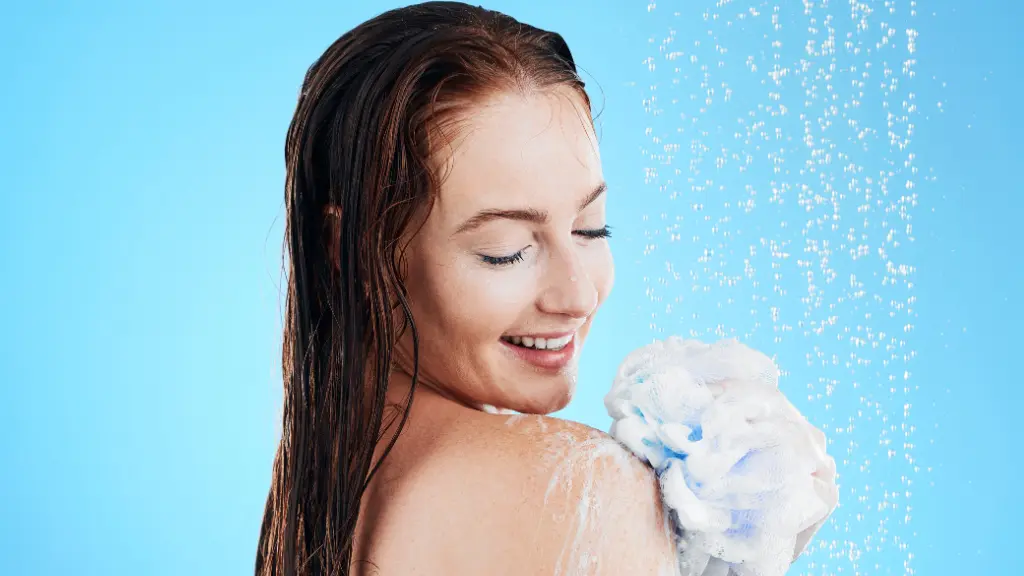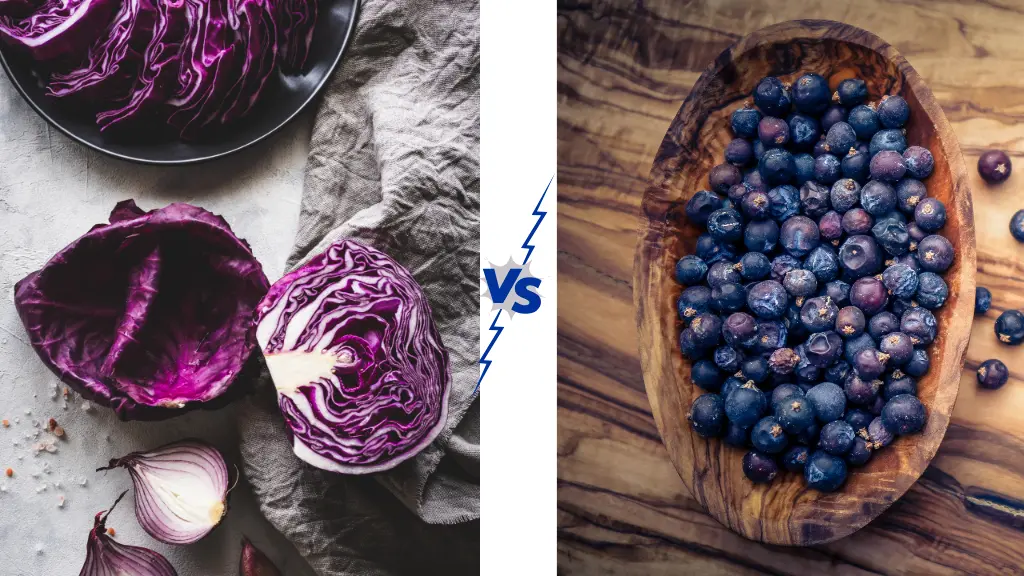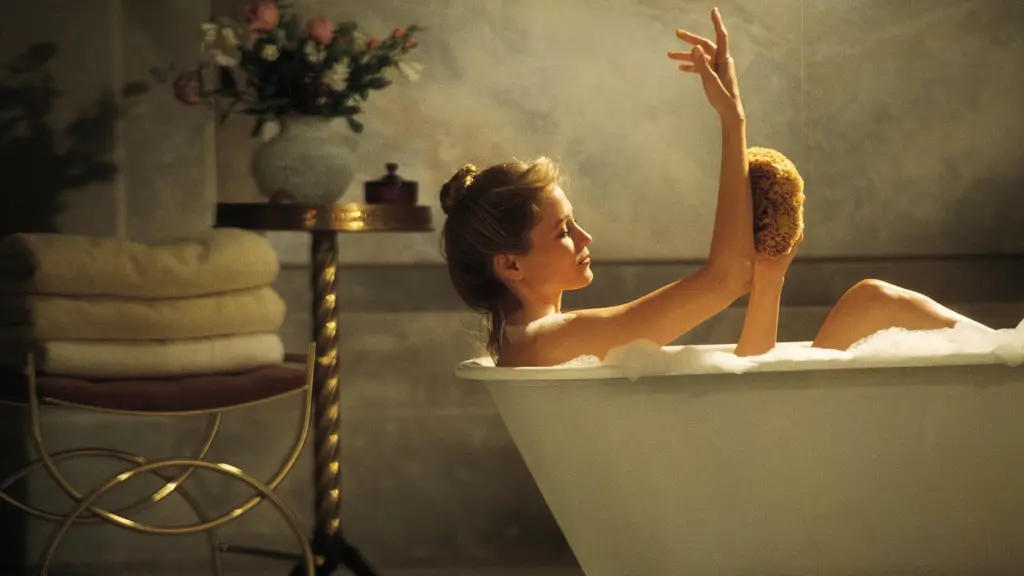Loofahs are a popular addition to many people’s showers, offering exfoliation and a luxurious lather. But beneath that soft, scrubby exterior lies a breeding ground for bacteria. Used incorrectly, your loofah could be doing more harm than good to your skin.
The good news? You don’t have to ditch your loofah entirely. With proper care, you can continue to enjoy its benefits without worrying about harmful germs.
You May Also Like: Is the Viral Dough Hack Safe for Facial Hair Removal?
Why Loofahs Attract Germs
Loofahs are naturally porous, making them an ideal environment for bacteria to thrive. After use, they often retain:
- Dead Skin Cells: These can accumulate in the crevices, feeding bacteria.
- Moisture: A damp environment creates a perfect breeding ground for germs.
- Soap Residue: Leftover soap adds to the accumulation of debris.
If not dried and cleaned properly, your loofah can become a health hazard, potentially causing skin irritations, infections, or clogged pores.
Signs Your Loofah Needs Attention
Here are some signs that your loofah may be overdue for a cleaning or replacement:
- A musty or sour smell
- Visible discoloration
- A slimy texture
Ignoring these signs can lead to skin issues like folliculitis, a condition caused by infected hair follicles.
How to Keep Your Loofah Germ-Free
You don’t have to part ways with your loofah if you’re diligent about its care. Follow these steps to ensure it stays clean and safe:
1. Rinse After Each Use
Thoroughly rinse your loofah under warm water after every use. Remove all soap residue and debris to prevent buildup.
2. Dry It Properly
Bacteria thrive in moist environments. Hang your loofah in a well-ventilated area where it can dry completely. Avoid leaving it in a wet shower or tub.
3. Clean It Weekly
Sanitize your loofah weekly to eliminate germs. Here’s how:
- For Natural Loofahs: Soak in a mixture of water and vinegar for 5 minutes, then rinse.
- For Synthetic Loofahs: Submerge in boiling water for a few minutes.
4. Replace Regularly
Natural loofahs should be replaced every 3-4 weeks, while synthetic loofahs can last 6-8 weeks. Keep an eye on its condition and don’t wait for visible wear.
Alternatives to Loofahs
If you’re concerned about hygiene, consider these alternatives:
- Washcloths: Easy to clean and quick to dry.
- Silicone Scrubbers: Non-porous and resistant to bacteria.
- Exfoliating Gloves: Provide a similar scrubbing experience and are machine-washable.
- Body Brushes: Great for exfoliation with a lower risk of bacterial buildup.
When to Ditch Your Loofah
In some cases, it might be better to skip the loofah altogether:
- If you have sensitive or acne-prone skin.
- If you notice recurring skin irritations or infections.
- If you can’t commit to regular cleaning and replacement.
Benefits of Using a Loofah Correctly
When used and maintained properly, loofahs offer several benefits:
- Exfoliation: They gently remove dead skin cells, leaving your skin smoother.
- Improved Circulation: The scrubbing motion promotes blood flow.
- Better Lather: Loofahs enhance the foaming action of your soap or body wash.
Conclusion
Your loofah doesn’t have to be the enemy of your skincare routine. With regular cleaning, proper drying, and timely replacement, you can minimize the risks of bacterial buildup. If maintaining a loofah feels like too much work, explore other hygienic alternatives that suit your lifestyle.
Remember, a little extra effort in your shower routine can go a long way in keeping your skin healthy and glowing.











[…] You May Also Like: Your Loofah Is a Germ Hotspot, but Here’s How to Use It Safely […]